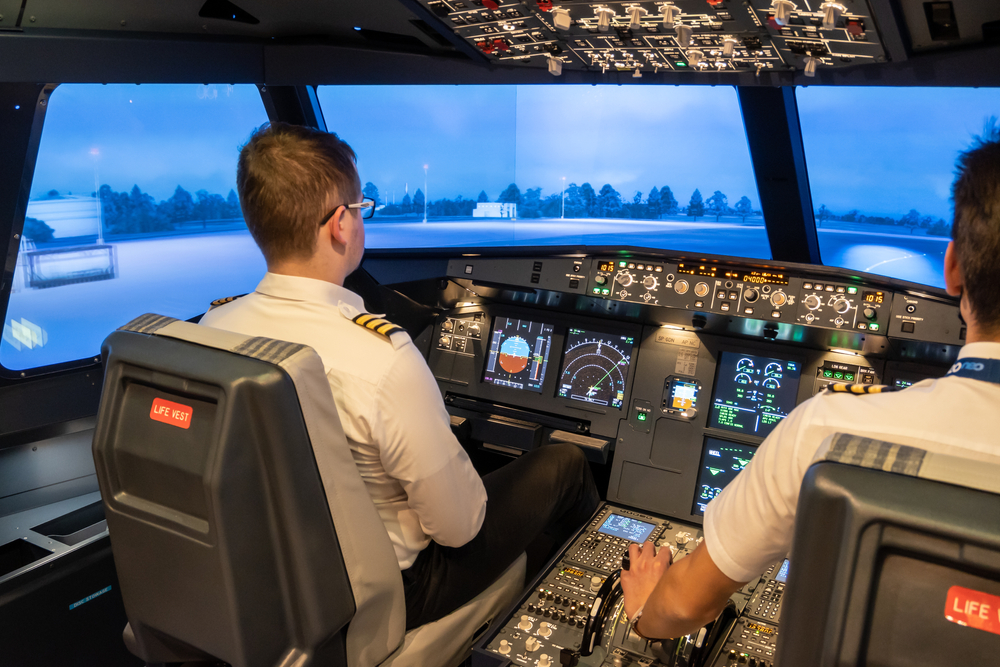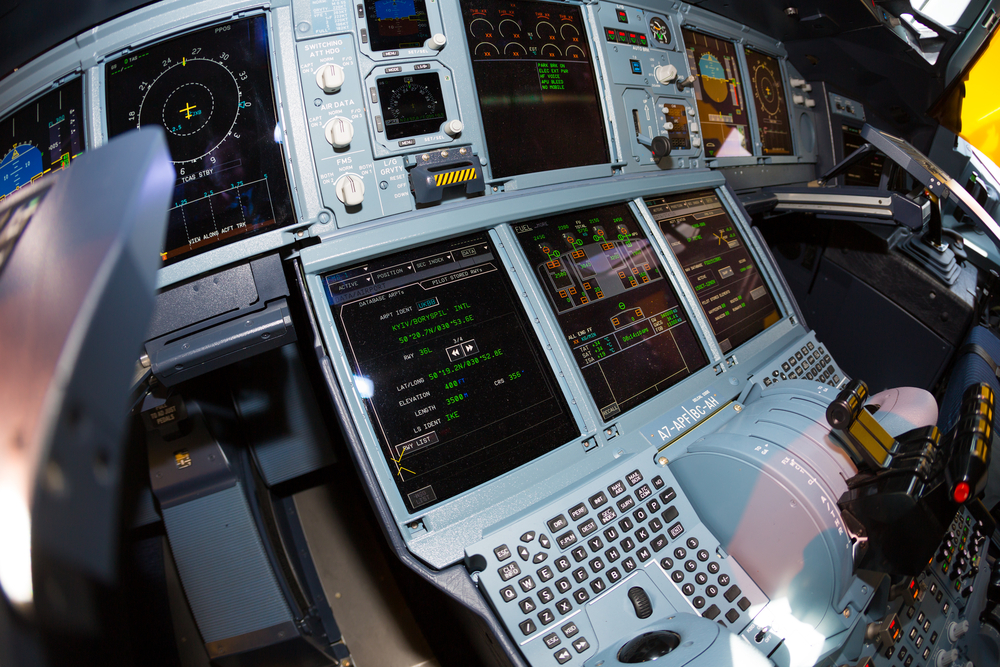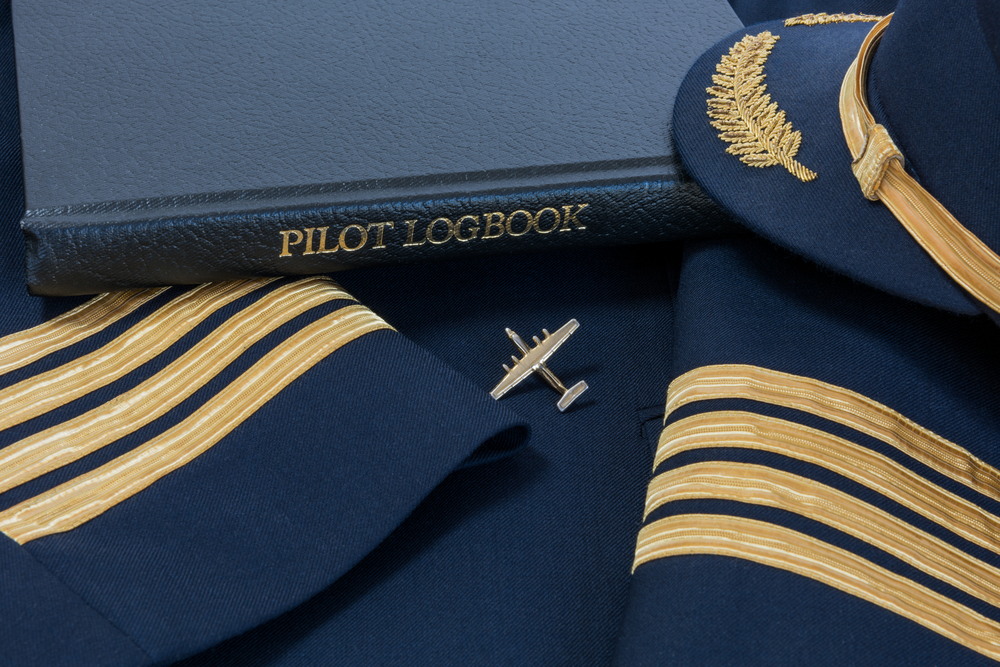For many pilots, obtaining the Airline Transport Pilot License (ATPL) is the pinnacle of their career aspirations. However, the road to this highest pilot certification level is not always smooth. For some pilots, the journey toward achieving the ATPL begins in a “frozen” state.
In this article, you will discover the benefits of ATPL to a pilot’s career, why it often becomes “frozen,” and the five key steps to efficiently unfreeze an ATPL. Let’s dive in!
Table of Contents
What is the difference between frozen and unfrozen ATPL?
Sometimes, pilots find themselves in a situation where they have completed the theoretical requirements and exams for the ATPL but have not yet accumulated the necessary flight hours to fully qualify for the license. In other words, a “frozen ATPL” is like having your dream job within reach but needing a bit more experience to unlock it.
For low-time pilots, it means they still need to build up enough flight hours before they can fully activate their ATPL. Until then, they hold a Commercial Pilot License (CPL) with an ATPL theory endorsement.
But is it realistic for a pilot with a frozen ATPL to be hired by an airline? The answer is yes! While a frozen ATPL means the pilot has not yet logged enough flight hours to fully activate their license, it does not mean they are stuck on the ground. Many airlines are eager to bring on low-time pilots with a frozen ATPL as First Officers. Most often, airlines prefer pilots with around 500 to 1,500 flight hours to take on the First Officer role.
Related link: From First Officer to Captain: How to fast-track your pilot career

How to unfreeze your ATPL in 5 steps
So, what does it take to unfreeze an ATPL? The process usually involves several steps.
1. Check out the requirements of the respective regulatory authority
The journey to unfreeze your ATPL begins with understanding the specific requirements set by your licensing authority. No matter if you are under the EASA, FAA, UK CAA, or another regulatory body, the basic requirements are usually:
- Total flight hours: Most regulatory authorities require at least 1,500 flight hours, but some may accept fewer hours for pilots who have completed integrated training.
- Pilot in Command (PIC) hours: A portion of a pilot’s total flight hours must be logged as Pilot in Command or as Pilot in Command Under Supervision (PICUS).
- Multi-Crew and Multi-Engine experience: Hands-on experience in flying with a team and operating multi-engine aircraft is important to show skill in airline operations.
- Aircraft instrument proficiency: Flight experience under Instrument Flight Rules (IFR) is mandatory to ensure your ability to operate in complex airspace and challenging weather conditions.
2. Build relevant flight hours
Accumulating the required flight hours is often the most time-intensive step to unfreeze an ATPL. Here are some strategies to help you log hours systematically:
- Build flight hours through regional or charter airlines. Many low-time pilots begin their careers at regional or charter airlines, which offer valuable opportunities to log hours in multi-engine and multi-crew environments. This experience can contribute to the hour requirements and familiarize the pilot with common operational procedures.
- Consider a flight instructor role. Becoming a Certified Flight Instructor (CFI) can be another excellent way to log hours while earning an income. Instructing allows the pilots to enhance their skills.
- Use every ferry or cargo flight opportunity. Ferrying aircraft or flying for cargo operators can provide significant hour-building opportunities. These roles often require flexibility and a willingness to work unconventional schedules, but they can be an effective solution to gain hours.
3. Complete the practical training
To unfreeze the ATPL, pilots also need to prove their advanced practical skills. This is usually done by completing an airline transport pilot training course, which includes:
- Type rating: Acquiring a type rating for a specific aircraft is a crucial component of practical training. A type rating certifies the pilot’s ability to operate larger multi-engine aircraft such as the Airbus A320 family or Boeing 737 series.
- Multi-Crew Cooperation (MCC): MCC training focuses on the dynamics of working effectively in a multi-crew cockpit. It ensures that pilots can work and communicate smoothly with their colleagues, especially during stressful situations.
- Jet Orientation Training (JOT): While this training is not always mandatory, JOT can be highly beneficial for pilots transitioning from general aviation aircraft to jet operations. Under both EASA regulations and FAA guidelines, JOT is not specifically mandated.
4. Pass the skills test
Another key step to unfreeze the ATPL is passing a skills test, also known as a mock check ride. The mock check ride serves as a critical evaluation, which is conducted by a qualified examiner who assesses the pilot’s flying abilities in various situations during the flight. This test ensures that the pilot can handle the responsibilities of a Captain.
Here is a deeper look at the key areas tested during the skills evaluation:
- Flight planning: A pilot needs to prove the ability to thoroughly prepare for a flight. This includes fuel calculations, safe route planning, and ensuring all regulatory requirements are met. A pilot must demonstrate knowledge of airspace restrictions, weather patterns, and potential alternate airports in case of emergencies.
- Aircraft control skills: This part of the mock check ride focuses on the pilot’s ability to manage more complex aircraft systems and perform advanced maneuvers. The pilot is asked to showcase how to handle emergencies such as engine failures, system malfunctions, or sudden weather changes. The examiner evaluates how calmly and effectively the pilot can manage the aircraft during critical phases of flight.
- Crew Resource Management (CRM): During the test, the pilot needs to demonstrate the ability to collaborate with other crew members, ensuring that all roles and tasks are managed efficiently. This includes sharing information, making joint decisions when necessary, and managing workload in a way that ensures the safety and efficiency of the flight. CRM emphasizes teamwork, mutual respect, and the ability to resolve conflicts.
5. Submit documentation and obtain the unfrozen ATPL
Once the pilot has fulfilled the flight hours, training, and skills test requirements, the final step is to submit the necessary documentation to the licensing authority. This includes:
- Flight logbook: The logbook must be meticulously maintained and signed by the appropriate authorities.
- Training certificates: Must include certificates for completed courses, such as your MCC and Type Rating.
- Skills test report: The pilot must also get the examiner’s report verifying the successful completion of the skills test.
- Medical certificate: A valid Class 1 medical certificate is also essential to obtain your unfrozen ATPL.

Unfreezing an ATPL is a significant milestone for every pilot. It marks the pilot’s transition from a commercial pilot to a fully qualified airline transport pilot. By understanding the requirements, gaining relevant experience, completing practical training, and excelling in the skills test, every pilot can achieve this goal and unlock exciting new career opportunities.
Key benefits of ATPL for pilots
The Airline Transport Pilot License (ATPL) is the gold standard in aviation, marking the peak of a pilot’s professional development. It is the highest level of pilot certification, which grants the flight crew the authority to serve as Captains or First Officers on multi-pilot commercial aircraft. The ATPL signifies a pilot’s advanced skills, expertise and readiness to handle the most complex flying conditions. With an ATPL, pilots open the door to a wealth of career opportunities, especially with major airlines.
The perks of earning an ATPL go well beyond a career jumpstart. It paves the way to high-paying, prestigious pilot roles and offers the incredible chance to fly large commercial aircraft all over the globe. Why is the ATPL a goal for nearly every pilot? It is more than just a ticket to a better job – it earns pilots the respect and proves their professionalism.
How can pilots achieve an ATPL?
The first step towards obtaining an ATPL is to acquire a Private Pilot License (PPL), followed by a Commercial Pilot License (CPL). These are the foundation of any aspiring pilot’s career. The CPL allows pilots to work for pay, gaining valuable flying hours that are essential for meeting the ATPL requirements. During this phase, pilots often work in various flying jobs, such as flight instructors or banner tow pilots, to build flight hours while improving their skills.
The next step is gaining the necessary flight experience. To be eligible for an ATPL, pilots must accumulate at least 1,500 flying hours, including specific types of flight experience. This includes night flying, cross-country flying, and hours as a Pilot-in-Command:
- A total of 500 hours flown as part of a multi-pilot crew in transport or commuter aircraft.
- At least 250 hours logged as Pilot in Command (PIC), demonstrating leadership in the cockpit.200 hours flown on cross-country flights.
- A required 75 hours of instrument flight time, honing proficiency in flying solely by instruments.
- A minimum of 200 hours spent on cross-country flights, showcasing versatility and long-range flying skills.
- A minimum of 100 hours of night flight, whether as PIC or Co-Pilot, proving the ability to operate in challenging conditions.
At this step, pilots usually progress from a First Officer (or Co-Pilot) role to a Captain on smaller aircraft before moving up to larger, more complex aircraft. This experience not only fulfills the requirements but also prepares pilots for the demanding responsibilities that come with flying commercial airliners.
Once the flight hours and experience are in place, aspiring pilots can begin the formal process of training for the ATPL. This involves both ground school and practical flight training.
Related link: Top 7 cheapest pilot training locations
The ground school includes intense theoretical instruction covering 13 subjects, such as air law, flight planning, navigation, meteorology, aircraft performance, and human factors. Then pilots must pass a series of written exams, achieving a minimum score of 75% in each subject.
Once they have cleared this step, they can progress to the final stage, which includes a simulator test and a check flight with an examiner. Upon successfully completing all requirements, pilots are awarded their ATPL, marking the culmination of years of hard work and preparation. This accomplishment allows pilots to step into Captain roles with major commercial airlines.

